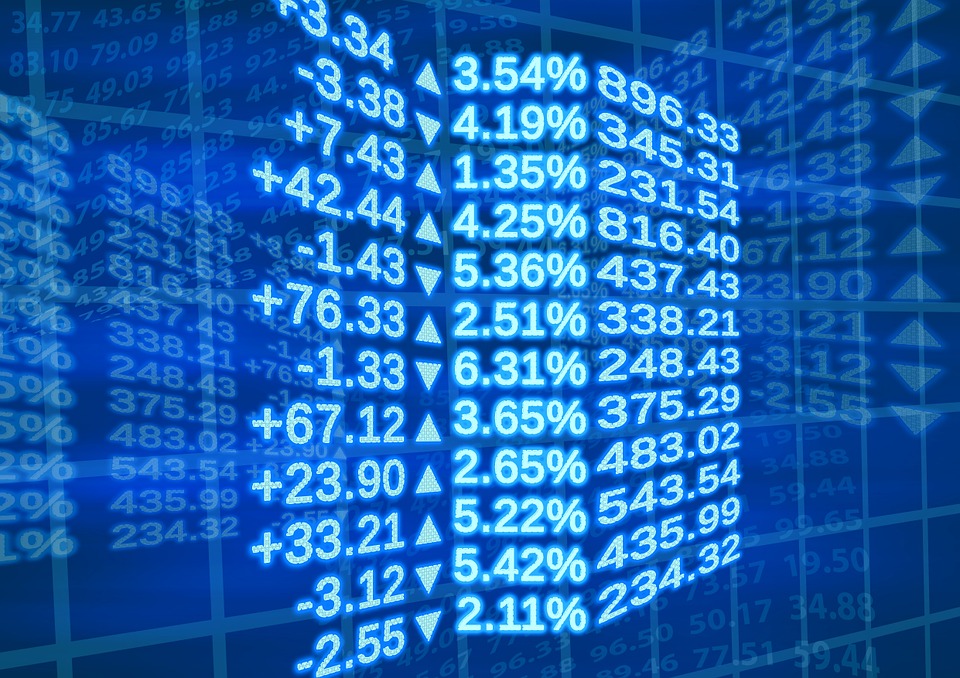US STOCKS-Tech pulls Nasdaq to lower close as Treasury yields rise
Unofficially, the Dow Jones Industrial Average rose 72.95 points, or 0.21%, to 34,870.95, the S&P 500 lost 12.27 points, or 0.28%, to 4,443.21 and the Nasdaq Composite dropped 75.77 points, or 0.5%, to 14,971.93. While the S&P 500 value index has underperformed growth so far this year, that gap has narrowed in September as investors increasingly favor lower valuation stocks that stand to benefit most from economic revival.

- Country:
- United States
Wall Street ended mixed on Monday as investors began the last week of September and the quarter with a pivot to value as tech shares, hurt by rising Treasury yields, weighed on the Nasdaq Composite index. The S&P 500 index joined the Nasdaq in negative territory, but the blue-chip Dow Jones Industrial Average ended higher.
Economically sensitive small caps and transports outperformed the broader market. "The economic reopening trade is alive and well," said Chuck Carlson, chief executive of Horizon Investment Services in Hammond, Indiana. "Economically sensitive stocks are up, and tech’s being worked over pretty good."
Benchmark U.S. Treasury yields rose, to the benefit of rate-sensitive financials. Rising crude prices pushed energy stocks to a higher close. "Rising rates typically reflect investors having a little bit more confidence in the economy not being stalled out," Carlson added. "And the Fed is also indicating it's going to start tapering sooner rather later, and that's probably helping upward trajectory in rates."
Those rising yields hurt some market leaders that had benefited from low rates. Microsoft Corp, Apple Inc, Amazon.com Inc and Alphabet Inc and all lost ground. In Washington, negotiations over funding the government and raising the debt ceiling were heating up at the start of a week that could also include a vote on U.S. President Biden's $1 trillion infrastructure bill.
On the economic front, new orders for durable goods waltzed past analyst expectations, gaining 1.8% in August. The value of total new orders has grown beyond pre-pandemic levels to a seven-year high. Unofficially, the Dow Jones Industrial Average rose 72.95 points, or 0.21%, to 34,870.95, the S&P 500 lost 12.27 points, or 0.28%, to 4,443.21 and the Nasdaq Composite dropped 75.77 points, or 0.5%, to 14,971.93.
While the S&P 500 value index has underperformed growth so far this year, that gap has narrowed in September as investors increasingly favor lower valuation stocks that stand to benefit most from economic revival. The S&P 500 is on track to snap its seven-month winning streak, with the prospect of higher corporate tax rates and hints from the U.S. Federal Reserve that it could start to tighten its accommodative monetary policies in the months ahead.
Goldman Sachs strategists see potential corporate rate hikes as a headwind to its outlook for return-on-equity (ROE) on U.S. stocks in 2022, the broker said in a research note.
(This story has not been edited by Devdiscourse staff and is auto-generated from a syndicated feed.)
ALSO READ
Treasury secretary heads to China to talk trade, anti-money laundering and Chinese 'overproduction'
Senior US treasury officials to urge India to maintain implementation of Russian oil price cap
US STOCKS-S&P 500, Nasdaq close slightly higher after soft services sector data, Fed comments
Senior US treasury officials to urge India to maintain implementation of Russian oil price cap
Treasury secretary heads to China to talk trade, anti-money laundering and Chinese ''overproduction''










